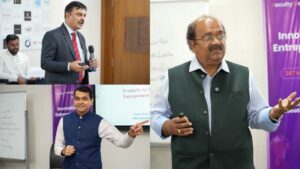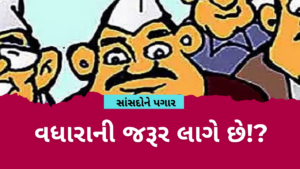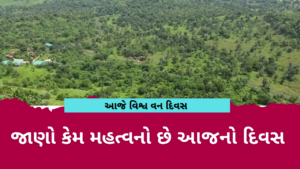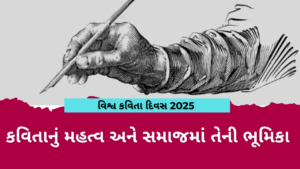The journey of the Rashtriya Swayamsevak Sangh (RSS) has a long and controversial history. As an organisation, it was introverted and reserved. Today, RSS speaks out strongly on both national and global issues. The necessity of promoting and developing the Indian narrative recently as endorsed by Dattatreya Hosabale, Sarkaryavah (General Secretary) of the RSS has become vocal mostly in every household who align themselves to this ideology. While Hosabale, in one of his speeches stated that it is essential to shift away from the existing ideological narrative and in favour of one that is based on facts about India. Though Mohan Bhagwat’s leadership has brought a noticeable change within the RSS. Many term this as the fourth stage of evolution of RSS under Bhagwat.
The First Phase
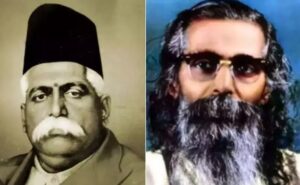
The RSSs initial phase was led by Hedgewar and Golwalkar. In the initial stage, RSS concentrated on creating the organisation and had little contact with the outside world. The goal was to stimulate the organization’s presence throughout India. Important RSS officials continued to concentrate on social issues within Indian society throughout this time.
The Second Phase
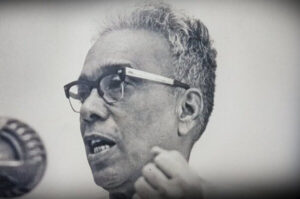
Madhukar Dattatreya Deoras, who opened up the organisation to the general public, was in charge of the second phase. He had a strong political bent, and the RSS flourished under his direction throughout the Emergency. It is because of him that the RSS underwent internal reform and gained political significance. During his administration, the Vishwa Hindu Parishad (VHP) and Bhartiya Janta Party (BJP) formally recommended the ‘Ram Janam Bhoomi Andolan’. Additionally, he oversaw the breakup of the Jan Sangh and the subsequent rise of the BJP in Indian politics. A few days after Vajpayee took office as the Prime Minister of India, he passed away.
The Third Phase
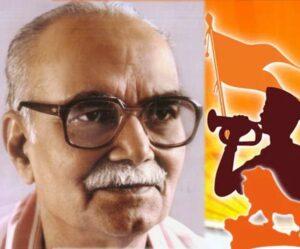
Rajendra Singh (Rajju Bhaiya) and Sudarshan controlled the third phase. They developed tight working ties with individuals and groups functioning outside of RSS. When the BJP, the primary opposition party, became the largest party in the center-ruling National Democratic Alliance (NDA) coalition in 1998, Indian politics saw a pragmatic transformation. For RSS and BJP, this was a pivotal time.
They shared the same fundamental belief of swadeshi and the empowerment of rural economies as other Sarsanghchalaks. They started the rural development initiatives and stated in 1995 that the villages should be made as healthy, disease-free, and educational as possible. It is claimed that the swayamsevaks’ work on rural development has inspired residents of neighbouring villages in more than 100 villages today, and those residents are imitating their trials.
The Fourth Phase
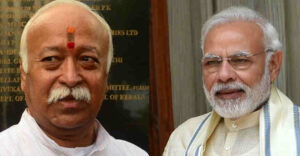
It might be affirmed that the fourth phase is being led by the current Sarsanghchalak (Head), Mohan Bhagwat. He is one of the reasons for associating with a new leadership under PM Narendra Modi while forcibly retiring LK Advani. He significantly changed the age character of the BJP leaders. The RSS has reshaped itself by using smart communication skills under Bhagwat. Under his leadership, RSS began to aggressively court individuals who did not share their ideologies with them. The important event was a three-day conference that Mohan Bhagwat organised in New Delhi in 2022, where he not only spoke to the journalists but also answered all of their inquiries. This action was taken as an effort to correct historical misconceptions, especially Golwalkar’s redundant opinions, which Bhagwat regarded as temporal and not timeless.
The blunt Bhagwat
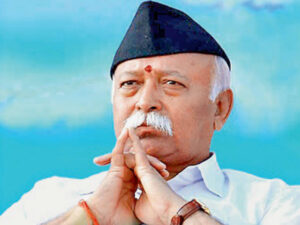
Generally speaking, the RSS has been a secretive institution, but under Mohan Bhagwat, it has grown more open and transparent. This change in direction from a physical fight to a war of narratives is partly responsible for this evolution. The Prachar Vibhag has benefited the most from this change. The outreach has become robust under Bhagwat. They are now more willing to brief the media and engage in social and political discourse with individuals who previously failed to share the organization’s ideologies. The Sangh has not only begun to actively take part in the fight of narratives, but is also being observed doing so.
They have started talking more about the ‘Dattopant Thengadi’s’- originally planned Indian model of development. Apparently, the next battle for them is to reformat the Indian independence movement. They are trying to list and publicly recognise the contributions of lesser-known figures connected to the liberation fight, which is still confined to a ‘certain’ few.


